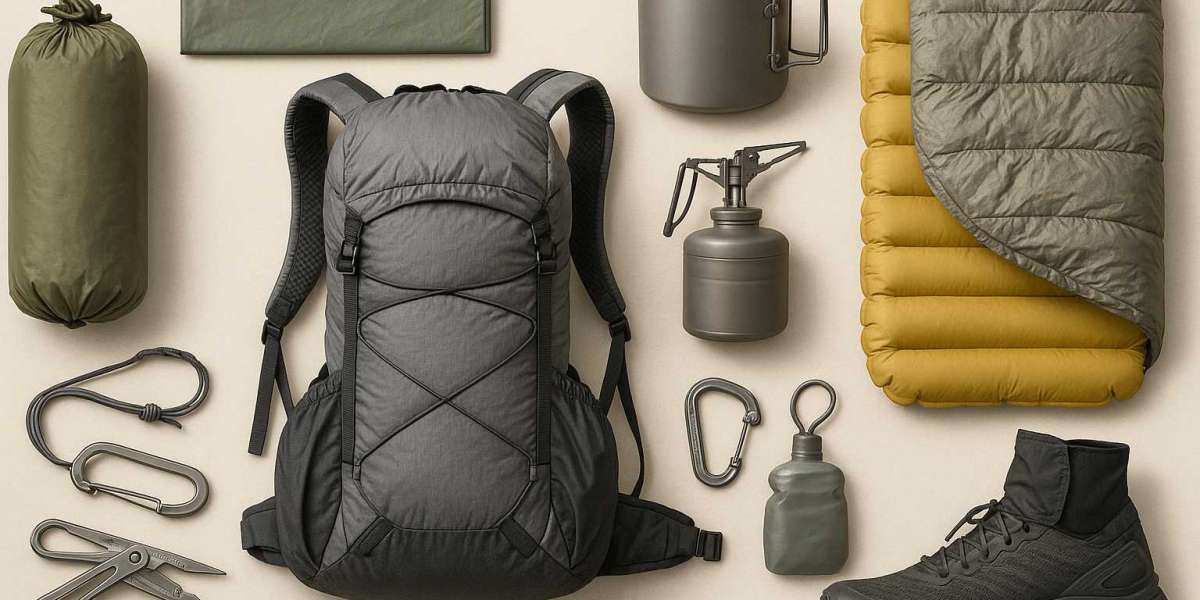In the realm of high-impact sports, where agility, speed, and power reign supreme, the importance of ankle stability cannot be overstated. Athletes engaged in activities such as basketball, soccer, and volleyball face an increased risk of ankle injuries due to the dynamic movements required in these sports. Ankle braces have emerged as a crucial piece of equipment designed to provide the necessary support and protection. This article delves into everything you need to know about ankle braces sport, exploring their benefits, types, and how to choose the right one for your needs.
Understanding Ankle Injuries
Before we delve into the specifics of ankle braces, it’s essential to understand the nature of ankle injuries commonly associated with high-impact sports. Ankle sprains, fractures, and tendon injuries are prevalent and can sideline an athlete for weeks or even months. The mechanisms of these injuries often involve awkward landings, sudden pivots, or direct impacts. For instance, a basketball player jumping to make a shot may land awkwardly, placing excessive stress on the ankle joint and potentially resulting in a sprain. Such injuries not only affect performance but also have longer-term implications on an athlete’s career.
The Role of Ankle Braces
Ankle braces serve as a preventative measure against these injuries, offering added support to the ankle joint. They help stabilize the ligaments and tendons surrounding the ankle, reducing the likelihood of sprains and tears. Moreover, ankle braces can assist in recovery by providing compression and support to injured areas, allowing athletes to return to their sport more quickly and safely. The psychological benefit of wearing an ankle brace cannot be overlooked either; many athletes report feeling more confident when their joints are adequately supported, which can enhance performance.
Types of Ankle Braces
When it comes to selecting the right ankle brace, it’s important to be aware of the various types available, each designed for different needs and levels of support.
Lace-Up Ankle Braces
Lace-up ankle braces are highly adjustable and allow athletes to customize the level of compression and support. They are particularly beneficial for those recovering from an injury, as they can be tightened or loosened based on comfort levels. These braces typically feature a lightweight design, making them suitable for high-impact sports where mobility is crucial.
Rigid Ankle Braces
For athletes who require maximum support, rigid ankle braces are the best option. These braces often incorporate plastic or metal components to provide a high degree of stability. While they may restrict movement more than other types, they are ideal for preventing further injury in athletes who have a history of ankle problems or are returning from a severe injury.
Soft Ankle Braces
Soft ankle braces are made from elastic or neoprene materials and are designed for mild support. They are suitable for athletes looking for light compression and warmth to promote blood flow, which can be beneficial during physical activities. While they do not offer the same level of protection as rigid or lace-up braces, they can help prevent minor injuries and are ideal for athletes who want to maintain a full range of motion.
Choosing the Right Ankle Brace
Selecting the right ankle brace requires careful consideration of several factors. First and foremost, athletes should assess their specific needs based on their sport and any existing injuries. For example, a basketball player who frequently jumps and pivots may benefit from a lace-up brace that allows for flexibility while still offering support. In contrast, an athlete recovering from a severe ankle sprain may opt for a rigid brace to ensure maximum stability.
Fit and Comfort
Fit is paramount when choosing an ankle brace. A poorly fitting brace can cause discomfort and may even lead to further injury. Athletes should try on different sizes and styles to find the most comfortable option for their unique foot shape and size. It’s also essential to consider the materials used in the brace; breathable fabrics can help prevent overheating during high-intensity activities.
Level of Support
The level of support required can vary based on the individual's experience and previous injuries. Athletes should consult with a healthcare professional or a sports specialist to determine the appropriate level of support needed for their specific circumstances. This step is crucial, especially for athletes who have previously sustained injuries.
Activity-Specific Features
Different sports may require unique features in an ankle brace. For instance, a volleyball player may benefit from a brace that allows for lateral movement, while a runner may prioritize a lightweight design for speed. Understanding the demands of the sport will help athletes select an ankle brace that enhances their performance rather than hinders it.
Maintenance and Care of Ankle Braces
Once an athlete has chosen the right ankle brace, proper maintenance is key to ensuring its longevity and effectiveness. Regular cleaning is necessary to remove sweat, dirt, and bacteria that can accumulate during use. Most braces can be hand-washed with mild soap and water, then air-dried away from direct sunlight. Additionally, athletes should routinely check their braces for any signs of wear and tear, such as frayed straps or weakened materials, which may compromise their support.
When to Replace Your Ankle Brace
As with any piece of sports equipment, ankle braces have a finite lifespan. Athletes should be vigilant in monitoring the condition of their braces and replace them as needed. A general rule of thumb is to replace an ankle brace every six months to a year, depending on frequency of use and intensity of activity. Signs that it may be time for a replacement include loss of elasticity, visible damage, or diminished support.
Conclusion
In conclusion, ankle braces play a vital role in safeguarding athletes engaged in high-impact sports from injuries that could derail their careers. Understanding the various types of ankle braces, how to choose the right one, and the importance of maintenance can empower athletes to make informed decisions about their health and performance. As sports science continues to evolve, the technology behind ankle braces will likely advance, offering even more innovative solutions for injury prevention and recovery.
For those looking for expert insights and the latest trends in sports equipment, be sure to visit Ler Magazine. Stay informed and elevate your game with our comprehensive articles and expert advice. Don’t wait any longer; your journey to safer and more effective sports performance starts now!







